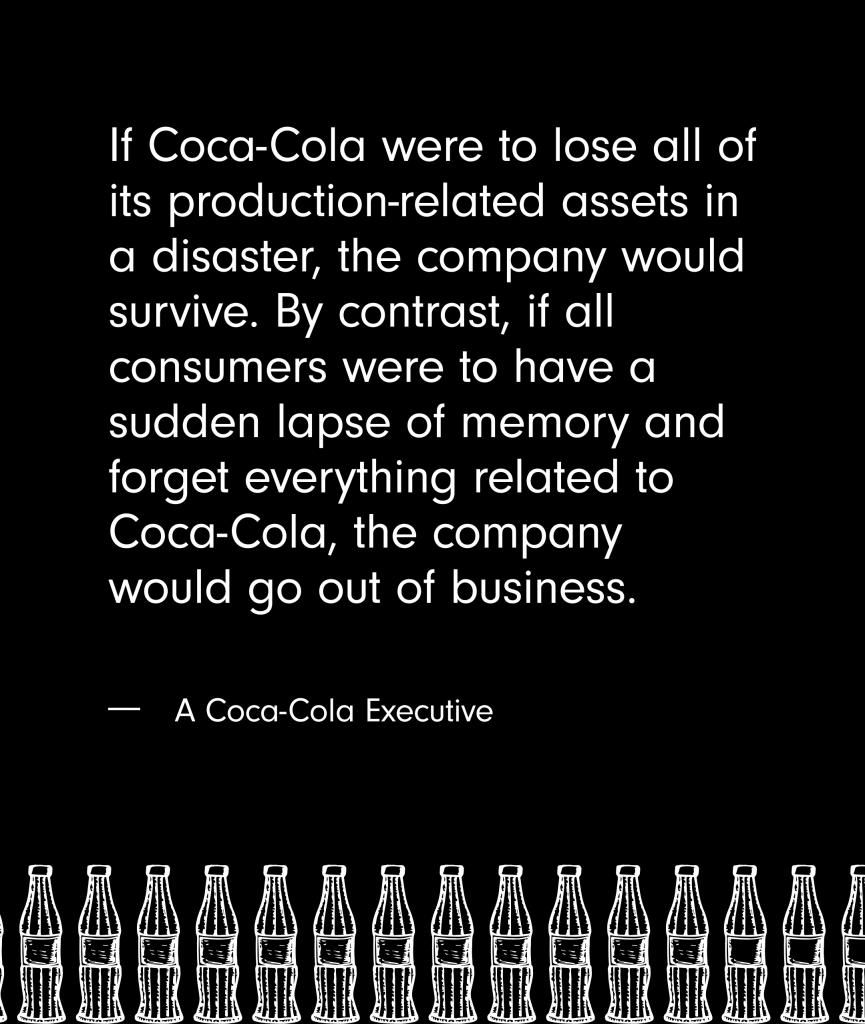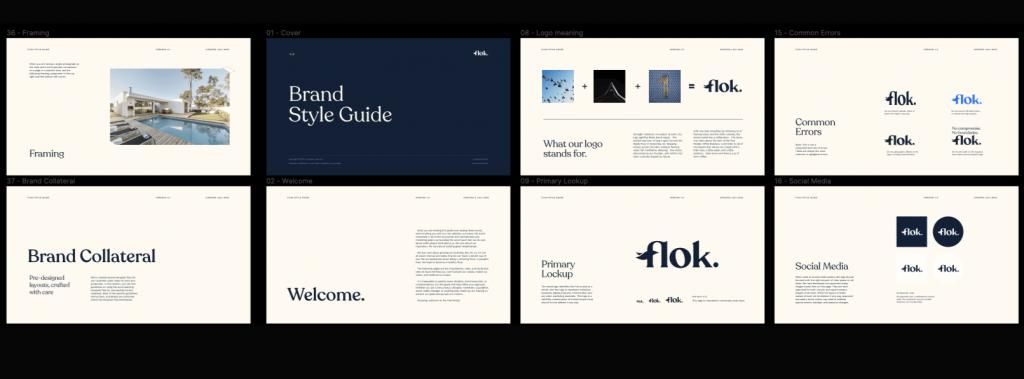Design
11 min read
We’re Entering the Era of Branding - Here’s Why!
Can You Estimate the Value of Branding?
The short answer is – yes.
The long answer – yes, you can.
Everyone working on a product, digital or physical, knows the huge impact a strong visual identity has on their company recognition and product adoption. The challenging question is not if, but when to invest in building a strong brand around your product.
Traditionally, in the startup ecosystem over the past 20 years, branding has been left as an afterthought. Founders have been naturally focused on building their MVPs and proving product-market fit before they invest time and money in their company look & feel and tone of voice. Branding used to be a reserved space for mature companies that had proven their value.
This approach has also been backed by a number of investors, accelerators and startup incubators that didn’t want their precious resources spent on “lavish” projects. It was all about build, ship, repeat. And it all made sense. Until 2020.
2020 saw the biggest jump in new business applications in the US. New business statistics show that in 2020, 4.41 million applications were submitted compared to 2.46 million in 2010. That’s a whopping 78.9% jump! Meanwhile, in the UK, Sky News reported that despite the struggles of the local economy, 407,510 new businesses were set up since the Pandemic began. The fight for customer attention has never been more fierce. For every product idea out there, there’re at least 20 strong alternatives trying to capture the same market segment.
How are you going to win this race?
Brand Design is the answer
As Peter Levine, general partner at the venture capital firm Andreessen Horowitz, wrote after closing Figma’s $50M investment round last, we’re entering the decade of design.
“If products and companies would live or die by code before, they now live or die by their product design and design literacy — that’s why I’m calling it the decade of design. (…) One where design, not just code, is at the center of product development and successful organizations. Companies like Superhuman, Zoom, and many others are changing not only who buys and deploys software and how we work, but also our fundamental, table-stakes expectations for what a great product is. Remember 2010 QuickBooks? A decade ago, function over presentation was the rule, so you needed a workflow manual just to follow the user interface! But now — in the decade of design — the interface no longer reflects the code; rather, the code reflects the design. We expect better, we deserve better, we demand better… it’s no longer optional to have good design.” he explains.

Good design is not optional. Good design has become a necessity for companies to stand out, be recognised, and most importantly – be given the chance by the user who has become more demanding and sophisticated than ever.
Unless you’re in an incredibly underserved market, the MVP is not cutting it anymore, just because the choice and competition out there are overwhelmingly huge. The low barrier to code and engineering has democratised software delivery, so more and more entrepreneurs are building amazingly powerful tech products. Hence, users are spoilt for choice in almost any industry.
This is valid for the offline space, too. It’s never been easier to set up a business from your bedroom. It has become a matter of personal ambitions and discipline rather than having the right training and education.
That’s why the coin has flipped – we’re not building strong brands around successful products anymore. We’re designing brand identities so products can become successful. Don’t get this wrong – just like expensive marketing campaigns, visual design will never be able to make up for a mediocre product.BUT a strong brand drastically increases your odds of success in the early days when you’re fighting for customers’ attention and early adoption.
According to a recent study by ProfitWell, willingness to pay increases by 25% if a customer has a positive affinity for the brand and design of a product. Patrick Campbell observes that they’re seeing a huge change in consumer behaviour when it comes to the affinity for design comparing to 5-6 years ago. As he puts it, people are “using design as a proxy for value” along with other elements such as customer reviews, word of mouth, etc. Watch this video for more on the topic.
Just recently, we have worked on four branding projects for new startups. We observed the same pattern – all of them raised their second round of investment after the rebrand. The new look has also massively impacted their conversion rate (especially new signups) and marketing campaigns performance. As one of the founders put it: “The new branding has took us to a completely different level. We look bigger than we’re. It’s been a massive leverage for us!”.
How to do it right?
It’s no news that we’re “visually wired”. The human brain can process an entire image that the eye sees for as little as 13 milliseconds, much faster than reading or hearing. This means that the perception of your brand and company starts forming in the customer’s subconscious mind much before they research your product.
There’s no doubt that Branding is extremely powerful for any product, company, or person.
From my experience, the value of branding becomes mudded when companies don’t utilise it properly. On top of that, many decision makers undervalue things that are hard to quantify.
And that’s when companies face a crossroad and often decide to leave it “for later”. Unless you’re rebranding an established brand, later is never the better option. The sooner you start building your brand, the sooner you’ll be seeing results.
In order for companies to be in a position to measure the impact of their branding, there’re a few really simple steps they must follow. Here they are:
Consistency and Continuity
The most important reason why you’re building a brand is recognition. Your ultimate goal is consumers recognising your company, just by briefly scanning your visuals, even before reading its name.
In order to achieve that you must be religiously consistent with how you’re using your branding assets. The most common mistake I see is companies spending time and money on their brand new visual identity and then using this mainly on their home page. You must incorporate your colours, typography, patterns, and of course logo and illustrations across ALL public and internal channels such as social media covers and posts, landing pages, videos, collateral, business cards, email signatures, etc.
Just plugging it in here and there will not have even a remotely positive effect. On the contrary, inconsistent branding is no better than no branding, so if you’re not committed to consistency and creating continuity, it’s pointless to get started.
Be “Corporate” with your brand guidelines
This is related to the previous point. Once the new branding has been rolled out, companies, regardless of how small or big, should be obsessed with strictly following their brand guidelines, as if they’re Coca-Cola or Apple. No exceptions, no small mishaps – every piece of content and communication should follow the guidelines set by your brand design partner/agency. If you don’t take this seriously, no one else will.

The tone of voice should match your visual identity
That’s a common mistake we see when working on new branding projects. Unless this has already been nailed, the majority of new companies need to work on their language alongside their visuals.
Tone of voice is so often discussed and so misunderstood. It’s about the emotions your message evokes and the way you connect with your audience. It’s about how you feel about your product and how you make your customers feel about it. It also positions the brand on the fun-corporate spectrum. You’re simply not making the most out of your branding if the style of your visuals doesn’t match your language. What’s the point of having a hilarious brand mascot if the copy is dry and impersonal? Or designing a luxury brand identity and leaving the language too casual and irreverent?
According to Nielson Norman Group, “a website’s tone of voice communicates how an organization feels about its message. The tone of any piece of content can be analyzed along 4 dimensions: humor, formality, respectfulness, and enthusiasm.”
Think Oreo, Nescafé, Dollar Shave Club – they’re investing in their tone of voice as much as in their visuals.
Act as your brand
As your brand grows, people start having expectations not only from your product or service, but also from the people who build the company. It comes across as fake and dishonest if you’re trying to look friendly and approachable, but your Customer support manager attitude doesn’t meet the brand promise.
This is valid not only when you’re dealing with customers, but also when employees attend industry events, podcasts, etc.
That’s a hard nut to crack, especially for bigger organisations, but ultimately it comes down to having a company culture that matches what the brand stands for and baking this into your ethos and values. You rarely can change a person, but you can be very selective with new hires and look at each one as a potential face of your brand. Do they have it in them?
So if you’re still wondering when it’s the right time to start building your brand, the answer is – today.
And if you’re not sure who’s the right brand design partner for you, you’re welcome to start your search here 😉.























